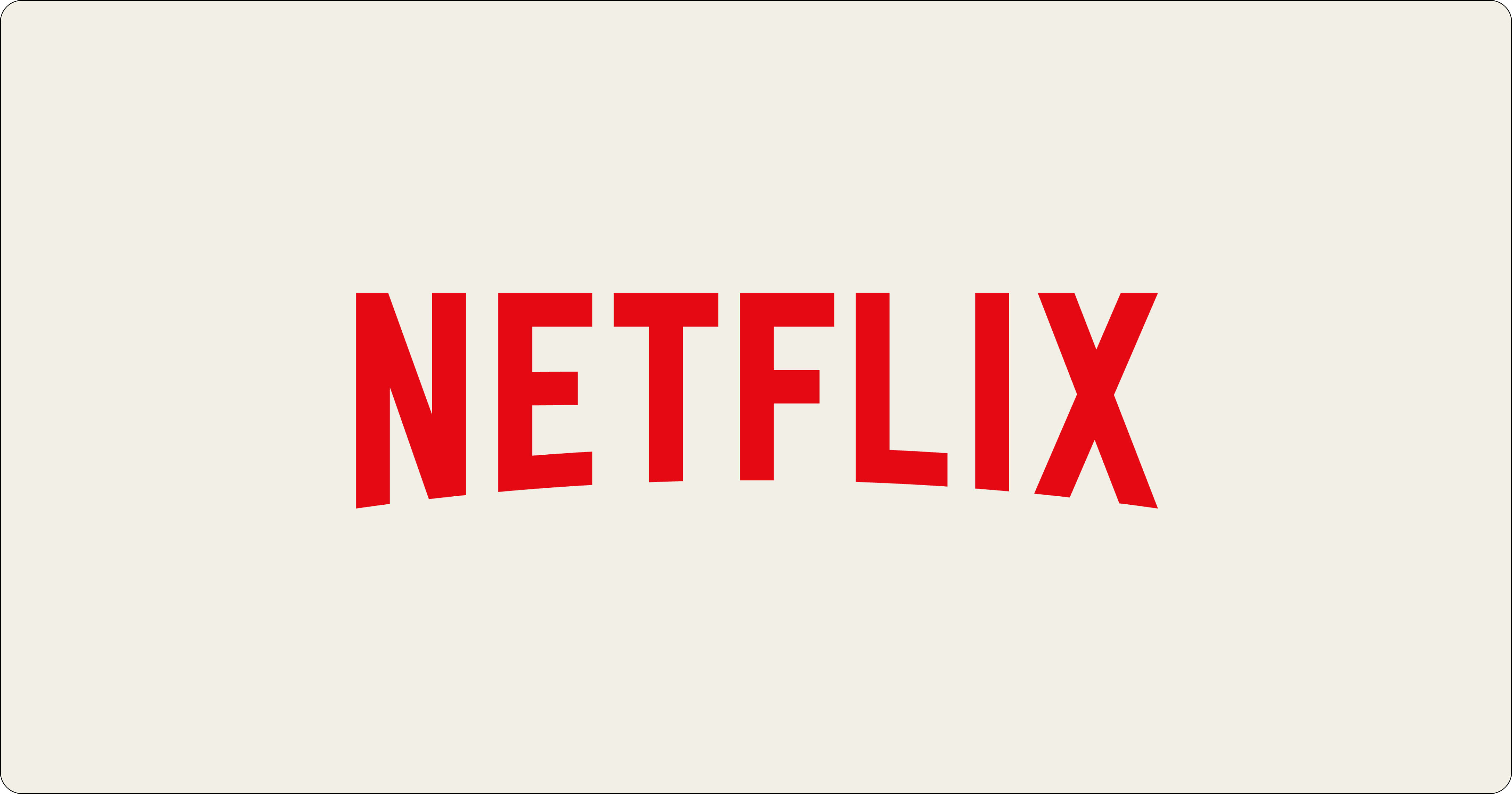Origins to Innovation: Cloud Computing's Impact on HR
Do you know why it's called cloud computing and are you aware of the benefits to HR?
- 06 Jun 2024
- Max 11 min read
The Number One HR Solution on Salesforce
The ability to lead through change is an essential skill for any manager. As organizations navigate shifts in technology, market trends, and even global crises, it falls upon leaders to guide people. In this blog, we will explore the crucial skills that managers need to lead through change effectively.
The most profound transformation to impact the workforce and working environment in recent years has undoubtedly been the global pandemic.
The sudden shift to remote work and the heightened emphasis on health and safety protocols reshaped the way we work and interact. Even now, as the pandemic chaos has begun to ease, many companies have no plans to return to their original office-based setup.
But even before the pandemic emerged, an incredible shift transpired, one that will continue to influence our work methods forever more: digitization and the phenomenon known as, drum roll, the internet.
The internet seismically shifted everything. It revolutionized communication, facilitated the trade of Beanie Babies (fun fact: in 1997, eBay successfully auctioned Beanie Babies amounting to $500 million, contributing to 6 percent of its overall yearly sales), and reshaped the landscape of employment.
Looking ahead, the rise of artificial intelligence looks to be the next frontier of change. AI has the potential to revolutionize industries, from augmenting decision-making processes and enhancing efficiency, to creating new opportunities for innovation.
While it promises unprecedented advancements, it also raises questions about job roles, ethical considerations, and the need for upskilling and reskilling. But before you get to solving that conundrum, let’s look at the leadership skills every manager should have in their toolbelt when change arises.
Change management aims to facilitate any transition. It usually means addressing both the technical and human sides of what is changing. When the subject of leadership comes up, it's common to hear about individuals who are thought of as born leaders.
However, it's important to recognize that effective leadership means more than just being vocal or having an outward personality. Great leadership involves the ability to initiate change, guide a team, and manage transformation effectively.
And leading change is not always easy. But to paraphrase US President Theodore Roosevelt and countless inspirational quote memes on the internet, the worst thing you can do is nothing when it comes to decision-making time.
So, below are some traits and skills you should embrace when it comes to successfully bringing about change initiatives.
Adaptability: The Core of Change Leadership
At the heart of effective change leadership lies adaptability. An adaptable manager is like the captain of a ship, adjusting the course as conditions change. Being adaptable means embracing uncertainty, staying open to new ideas, and navigating new strategies, especially when the unexpected arises.
Managers that are flexible to change and disruptions pave the way for a resilient team. These successful change leaders can help employees when the time comes for a new direction.
Great Communication: Plotting a Clear Path
A change leader must be prepared to communicate honestly and clearly. A manager must plot a path of the future, showing how the change aligns with the team's values and goals.
Clear communication shines a light on a potentially scary or unknown path, inspiring each team member to understand their role and contribution in the great scheme of change. Even in times of difficulty, it’s important that managers keep their heads to facilitate developments like organizational change.
Emotional Intelligence: Navigating the Front Line
While managing change, emotions can run high. Managers with emotional intelligence can navigate challenging moments and remove barriers to progress.
While it may be important to implement change fast, leaders should also understand and take into account the thoughts and feelings of team members. By acknowledging the human side of things, managers build trust and create a safe space for open dialogue, enabling any team to implement exciting new projects or confront challenges together.
Empowerment and Delegation: Distributing the Weight
Effective managers empower their employees. During moments of change, this means delegating responsibilities and giving team members the autonomy to contribute their skills. Ultimately, regardless of the impending circumstances, it is likely that distributing the change effort across multiple individuals or teams is more effective. After all, empowerment gives a sense of ownership, propelling the team forward collectively.
Continuous Learning: Charting Change
Change often demands new skills and knowledge. A manager's dedication to continuous learning or training provides options and can help with guiding a team toward growth and innovation. A learning culture (Have you seen, The Learning Hub?) encourages adaptability and prepares teams for the challenges ahead.
Conflict Resolution: Navigating Turbulent Times
Change can stir up conflicts. Skillful managers act as mediators, facilitating constructive conversations and steering the team toward resolutions that align with the change objectives. Conflict, when resolved well, can lead to better collaboration and stronger outcomes. The aim of the game is that people buy in to the change and work together to achieve success.
Leading by Example: Set the Course
The captain, yes, we’re sticking with this HR (H-Arrrgh) analogy, sets the tone for the journey. Leading by example is a top management attribut. When team members witness their manager fully embracing change, they are more likely to follow suit, creating a culture of commitment and dedication. Change leadership is a skill set that equips managers to steer their teams through often unpredictable times.
Netflix is perhaps a good example of change leadership done right. The company’s ability to embrace change and develop along with the advent of the internet propelled its evolution. The company went from a traditional mail-order DVD service in 1997 to an industry-leading streaming platform ten years later. In fact, this change almost certainly salvaged its business from certain ruin.
Indeed, luck played a role as well. Blockbuster had actually begun to delve into streaming before Netflix did. Yet, almost in a Sliding Doors moment, the right technology emerged just when Netflix was exploring ways to introduce streaming choices and binge-watching to its customers.

Netflix's co-founders Reed Hastings and Marc Randolph displayed adaptability by recognizing the potential of streaming technology early on. They saw the bigger picture and lead by example. They also envisioned and communicated a future where viewers could access content anytime, anywhere, and led the company's shift.
The company not only had the leadership qualities but also the change management chops to make the change possible. Let’s face it, without effective change management and a clear vision, the company’s technological transition could have caused confusion among customers and staff, and Netflix might not be where it is today.
A number of other companies have shown outstanding leadership amid change. Another example is how Zoom was able to reap the benefits of change during lockdown. The company quickly scaled up its infrastructure to handle the unprecedented demand, introduced new features for security and collaboration, and worked to address privacy concerns. Not bad at all.
In the face of short-term or large-scale change, whether it's a shift in processes, policies, or structures, the flair HR Solution can be a trusted ally. flair brings the power of Salesforce to HR and helps organizations future-proof their processes. We help companies find more collaborative and engaging ways of working that attract and retain talented people even during moments of change.
Let’s take a look at some core flair features that can help managers communicate development milestones and be effective change leaders.
Clear Communication Channels: flair's communication features facilitate real-time messaging, announcements, and updates. Leaders can use these features to ensure that employees are well-informed about the changes and their implications. flair even integrates with Slack, so employees can carry out important HR tasks in the place where work chat happens most.
Document Management: flair's document storage helps leaders centralize and organize crucial change-related documents. From guidelines and new policies to training materials, leaders can ensure that everyone has access to accurate information to ease any transition in the work environment.
Data-Driven Decision Making: flair's analytics capabilities can offer leaders insights into employee sentiment, engagement levels, and performance metrics during the change process. These data-driven insights guide leaders' decision-making, enabling them to address concerns and adjust strategies as needed. HR leaders can use flair’s Recruiting and HR Metrics dashboards to collect information on the number of new hires, turnover rate, salary expectation, the reasons candidates turn down a job, and much more.
Adaptability to Different Work Styles: Thanks to being built on Salesforce, flair is a highly customizable HR solution. This versatility supports leaders in catering to various work styles. Whether employees prefer remote work, flexible hours, or a collaborative office environment, flair can help align changes with diverse preferences.
Evaluation and Feedback: Our performance management features enable leaders to provide continuous feedback to employees as they navigate through the changes. Regular Smiley Check-Ins and surveys help employees feel supported and invested in the company culture.
Recognition and Rewards: Recognizing and rewarding employee efforts during times of change can boost morale. flair's Cheers feature, a client favorite, allows colleagues to acknowledge employees who effectively adapt to and support the changes, resulting in a positive atmosphere.
Flexible Recruiting Options: One of flair’s standout features is the customizable Career Portal, which allows companies to present their job opportunities through their unique brand identity. During times of change, this becomes a pivotal tool for showcasing the evolving needs of the organization and attracting top talent.
Furthermore, the Recruitment funnel within flair allows HR professionals to track candidates as they progress through the application and hiring stages. This tool is really valuable during transitions, as it ensures that no candidate falls through the cracks amidst any changes.
Employee Training and Development: Change often requires employees to acquire new skills or adapt to new processes with a sense of urgency. Our training and development features aid team leaders or project managers in communicating new competencies to staff meanwhile employees can track their progress in the Employee Hub.
A flexible and adaptable leadership style, capable of embracing diverse perspectives and collaboration, is essential in guiding teams through periods of transformation. Navigating the intricacies of flux caused by change demands a unique blend of skills and qualities from managers and other change agents.
We hope you’ve found this blog useful in seeing how change agents should drive evolution and help create a culture where adaptability becomes a competitive advantage. Remember, the ability to communicate timelines effectively, while engaging stakeholders at every level, is the cornerstone of a successful change initiative.
Ultimately, a manager's adeptness in change leadership can be the catalyst for an organization's success.
By cultivating these top skills, you not only adapt to change but become the architect of positive transformation, solidifying your role as a helpful and not just vocal leader.
To stay updated on new flair features, why not check out our What’s New page here.
Join flair’s newsletter to receive the latest tips & trends in the HR world.

